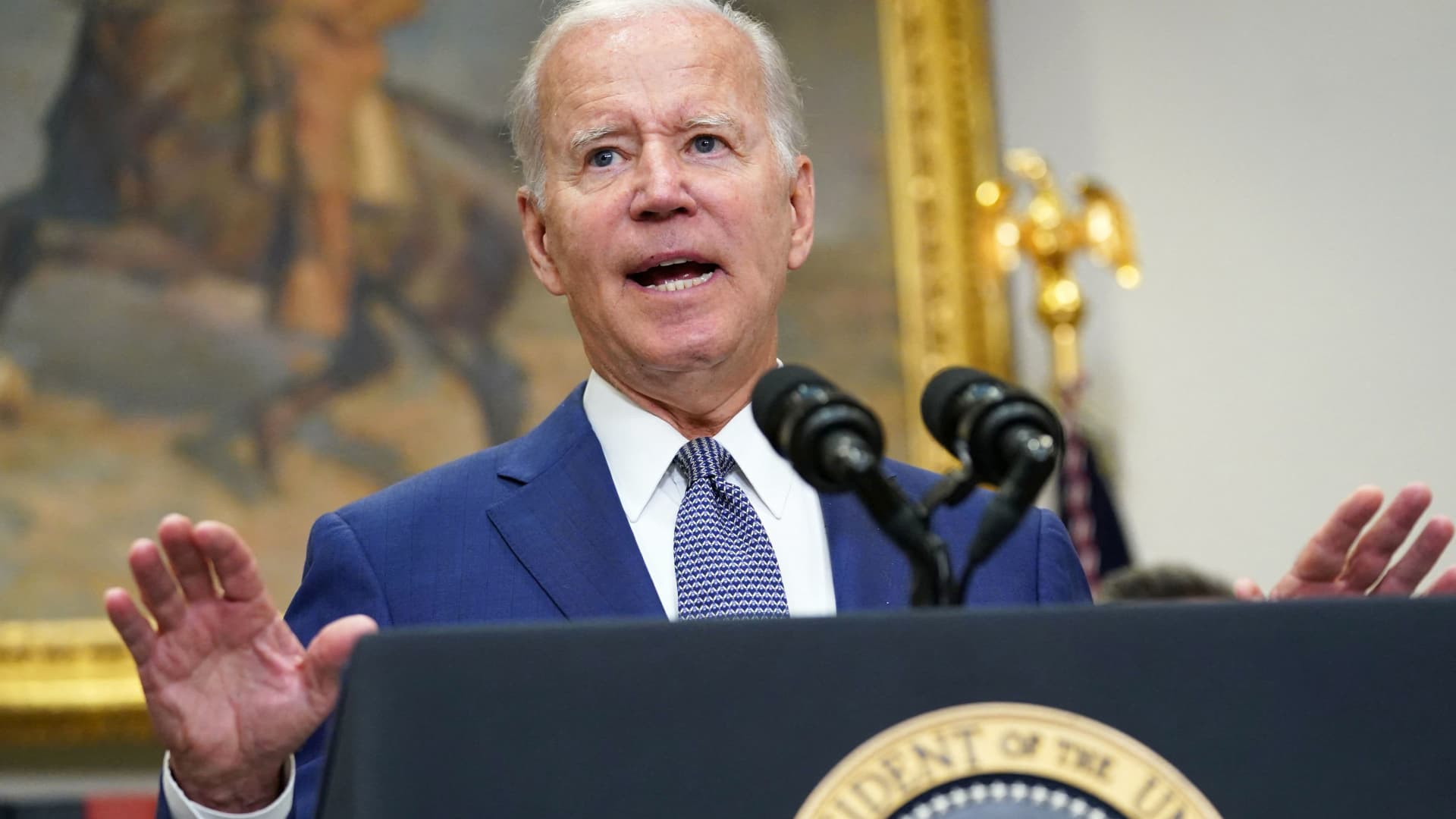75% of families donât know a key date to get financial aid for college


A decision from the White House on federal student loan forgiveness could be just days away. Yet current high school students will still struggle with how to pay for college without taking on too much debt.
With tuition on the rise, most families rely on a combination of resources to make it work. Income and savings cover more than half of college costs, free money from scholarships and grants accounts for roughly a quarter of the costs and student loans make up most of the rest, according to Sallie Mae’s annual “How America Pays for College” report.
However, families are missing out on opportunities to make college more affordable, said Sallie Mae spokesman Rick Castellano.
That’s where the Free Application for Federal Student Aid comes in.
More from Personal Finance:
College enrollment continues to slide
Inflation is making college even more expensive
Would you be included in student loan forgiveness?
Students must fill out the FAFSA to access any kind of assistance. For the 2023-2024 school year, the FAFSA filing season opens this fall on Saturday, Oct. 1 — and the sooner students file, the better.
The earlier families fill out the FAFSA, the better their chances are to receive aid, Castellano said, since some financial aid is awarded on a first-come, first-served basis, or from programs with limited funds.
Still, 75% of families don’t know the FAFSA opens Oct. 1, Sallie Mae also found.
“You want to get in line for free money; much of it is first come, first served,” Castellano said. Otherwise, you’ll be “leaving free money on the table, and those dollars are what help make college affordable.”
Only a little more than half of all families know that all students are eligible to submit the FAFSA, Castellano said. “That’s concerning.”
Scholarships can be key to college affordability
Scholarships are a key source of funding, yet only 60% of families use them, according to the education lender.
About 6 in 10 who used scholarships got them directly from their student’s school and received $6,335, on average.
The majority of families who didn’t use scholarships said it was because they didn’t even apply.
“There are 6 million scholarships available for any number of interests or skills,” Castellano said. “They don’t all go to those at the top of the class or star athletes.”
Why more families don’t fill out the FAFSA
Last year, 70% of families completed the FAFSA, up slightly from 68% the year before, which was a record low, according to Sallie Mae.
“We would love to see that number be higher,” Castellano said.
Among those who don’t apply, the most common reason is because they thought their income was too high to qualify for aid, followed by feeing that the application was too complicated or they simply didn’t know about it, Sallie Mae found.
“Just about everybody who applies for the FAFSA is going to qualify for some form of aid,” Castellano said.
Just about everybody who applies for the FAFSA is going to qualify for some form of aid.Rick Castellanospokesman for Sallie Mae
Many factors, not just income, go into determining how much aid students receive, including the total number of people in the household and the number of children in college, as well as other financial commitments such as a home equity loan or child support payments.
The application process itself is another hurdle, families say.
However, experts say you can complete the FAFSA form online at fafsa.gov or on the myStudentAid app in less than an hour, particularly if you have your paperwork, including W-2s and last year’s tax return, on hand. Sallie Mae also has a free online FAFSA tool to help families navigate the process.
This post has been syndicated from a third-party source. View the original article here.




